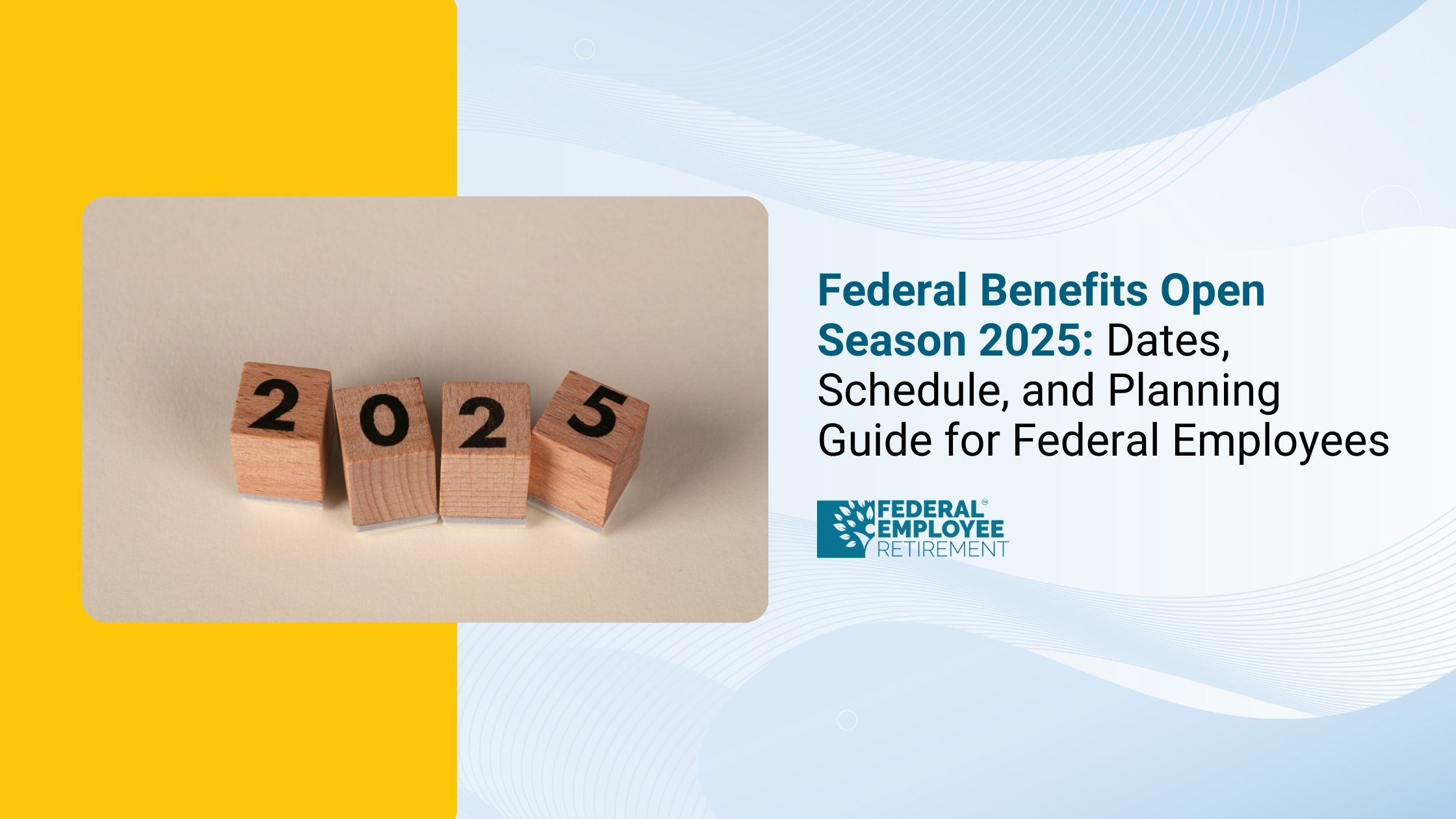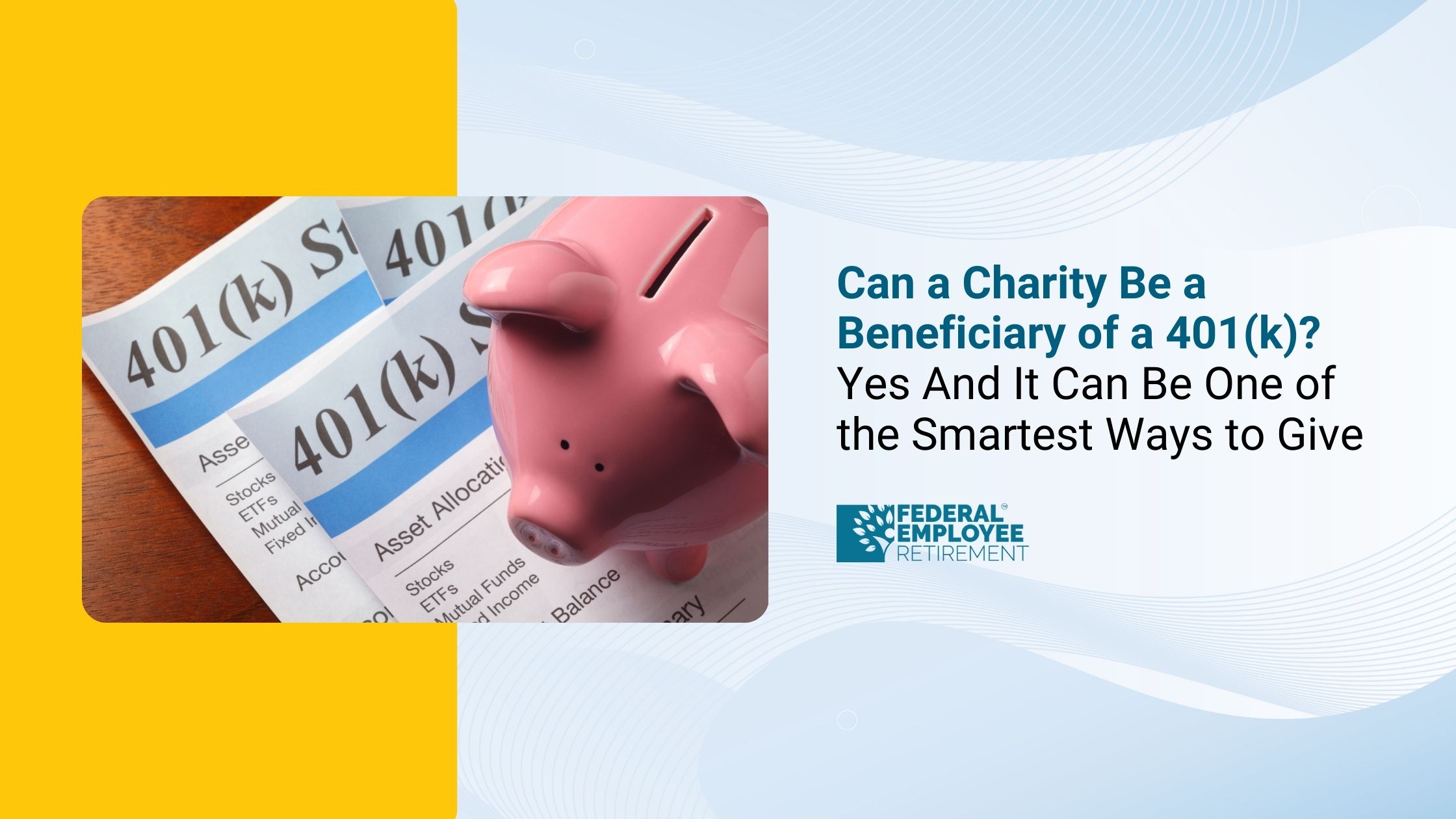You’re not alone; 4,359 federal employees booked their free review.

How Many Paychecks Do You Get in a Year? Everything You Need to Know
Pay periods determine how often employees receive their paychecks, and they play a key role in budgeting, financial planning, and tax withholdings.
Selecting the right pay period for your business means understanding what pay periods are, the different types available, and how each option impacts both your company and your workforce.
This guide will walk you through how many pay periods typically occur in a year and explore the most practical pay period options helping you make informed decisions about your payroll schedule.
How Many Paychecks in a Year? Here's the Breakdown
Whether you’re budgeting for monthly bills or planning your savings goals, knowing how many paychecks you get in a year can make a big difference. Depending on how often you’re paid weekly, biweekly, semi-monthly, or monthly the number of paychecks you receive will vary. Let’s break it all down so you can better manage your money and plan ahead.
Here’s a breakdown of how many pay periods occur annually based on different payroll schedules:
- Weekly Pay Period: With 52 workweeks in a year, a weekly payroll results in 52 pay periods. In leap years, there may occasionally be 53.
- Biweekly Pay Period: Employees paid every two weeks typically receive 26 paychecks per year. In leap years, this can increase to 27.
- Semi-Monthly Pay Period: This schedule pays employees twice a month, totaling 24 pay periods annually.
- Monthly Pay Period: Under this structure, employees are paid once a month, resulting in 12 pay periods each year.
How Many Biweekly Pay Periods Are Left in 2025
Four biweekly pay periods are remaining in 2025. The final pay period of the year will run from December 7 to December 20, 2025, marking the 26th and last pay period of the year.
Remaining Pay Periods: 4 (Pay periods #23, #24, #25, and #26)
Last Pay Period: December 7–December 20, 2025
Final Paycheck Date: December 12, 2025
How Many Pay Periods Per Year?
Let’s start with the basics: a pay period is the recurring schedule your employer uses to calculate and issue pay. Your total number of pay periods per year depends on your employer’s payroll setup.
Read the updated - how many paychecks in a year biweekly 2026
Weekly Pay: 52 Paychecks a Year
If you're paid weekly, you’ll receive 52 paychecks per year, one for every week. This pay schedule is common in hourly wage jobs or industries like construction, retail, and hospitality.
Pros:
- Steady weekly income
- Easier cash flow for weekly budgeting
Cons:
- More frequent budgeting required
- More payroll processing for employers
Biweekly Pay: 26 or 27 Paychecks a Year
Most salaried employees are paid biweekly, meaning once every two weeks. This results in 26 paychecks per year, and sometimes 27 in years when the calendar aligns just right (typically leap years).
Example: If you’re paid on Fridays and the year starts on a Friday, you may receive 27 paychecks that year.
Pros:
- Frequent income (more than semi-monthly)
- Easier to automate savings and bills
Cons:
- Uneven pay periods in some months
- Extra paycheque years can make monthly budgeting tricky
Semi-Monthly Pay: 24 Paychecks a Year
With a semi-monthly schedule, you’re paid twice a month, often on the 15th and the last day. This totals 24 paychecks per year.
Pros:
- Consistent with monthly bills
- Predictable payday dates
Cons:
- Pay dates may fall on weekends or holidays
- Some months have different numbers of workdays between pay periods
Also read - what is retire fers on my paycheck
Monthly Pay: 12 Paychecks a Year
If you're paid once a month, you'll get 12 paychecks a year. This is the least common pay schedule in the U.S. but more common in some public sector and international jobs.
Pros:
- Simple and predictable
- Easy to match with rent/mortgage payments
Cons:
- Longer wait between paydays
- May require stricter budgeting

Why It Matters: Budgeting and Planning
Understanding how many pay periods are in a year is crucial when setting financial goals:
- Helps create accurate monthly budgets
- Affects how you handle windfalls like a 3-paycheck month
- Informs retirement contributions and benefit deductions
If you get paid biweekly, there will be two months in most years where you receive three paychecks instead of two. This is a great time to boost savings or pay off debt.
Final Thought: Know Your Pay Schedule
Whether you’re paid weekly, biweekly, semi-monthly, or monthly, knowing your pay schedule empowers you to plan smarter and spend wiser.
If you’re not sure how often you get paid, check your pay stubs or ask your HR department. Understanding your pay frequency is one of the simplest ways to take control of your finances.
FAQs
How many biweekly pay periods left in 2025?
In 2025, there will be 26 biweekly pay periods. This means employees will receive a paycheck every other week throughout the year. Since 2025 has 52 weeks, dividing by two results in 26 biweekly pay periods
How Many Biweekly Pay Periods Are There in 2025?
In 2025, there will be 26 biweekly pay periods. Since it’s a standard 52-week year, most employees on a biweekly schedule will receive two paychecks each month. However, this can vary slightly depending on a company’s specific payroll start date and calendar alignment.
Can There Ever Be 27 Pay Periods in a Year?
Yes, it’s possible to have 27 biweekly pay periods in a year. This typically happens about once every 11 years, due to how the calendar aligns with the 365-day year. When it occurs, employees may receive an extra paycheck, which can be treated as additional income or a budgeting bonus.
While rare, employers should plan ahead for 27-pay-period years to manage payroll and cash flow accordingly.
What Happens if an Employee Starts Mid–Pay Period?
When an employee begins work in the middle of a pay period, employers generally have two options:
- Prorate the first paycheck based on the number of days or hours worked.
- Include the initial wages in the next full pay period.
- Regardless of the approach, it’s important to communicate clearly with the employee about their pay schedule and expected first paycheck date. Employers should also comply with labor laws and internal policies to ensure fair and timely payment.
Related Tags:


Get Updated
Subscribe to our weekly updates for the latest on retirement planning, federal benefits, exclusive webinars, and more!
Download Federal Retirement: Step-by-step Checklist
This comprehensive guide will help you understand your federal benefits, optimize your savings, and plan for a comfortable future.



.png)








